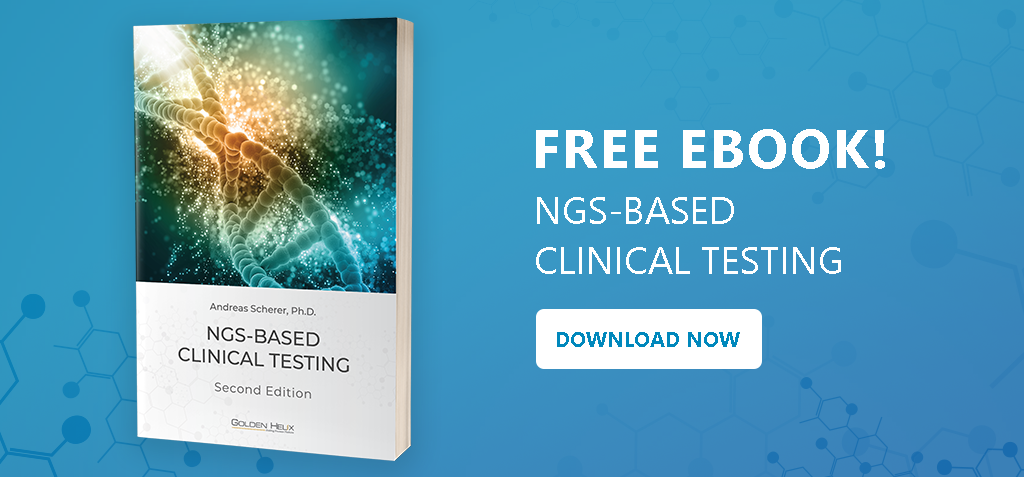
We have come a long way since Next-Generation Sequencing (NGS) evolved as a set of technologies in the 1970s. The higher throughput and rapid reduction of costs associated with NGS have lead to the accelerated adoption of clinical testing that we are experiencing today. Currently, it is applied to analyze inherited diseases, tumors, hematologic malignancies and infectious diseases. It is also used in noninvasive prenatal screening to detect fetal chromosome defects. This just names a few focus areas utilizing NGS.
NGS-based testing represents a still evolving technology. Improvements in areas such as instrumentation, sequencing, chemistry and bioinformatic analysis are frequently common. Faced with the reality that this continuously advancing set of technologies is being widely adopted in laboratories nationwide, the College of American Pathologists (CAP) has formed a committee. The NGS Work Group is a committee which oversees the standards development providing the necessary regulatory framework without inhibiting the adoption of this new paradigm.
Next-generation sequencing is essentially comprised of two processes:
1. The analytic wet bench process. This includes the handling of patient samples, extracting nucleic acids, fragmentation, molecular indexing (barcoding), target enrichment, adapter ligation, amplification, library preparation and generation of sequencing reads.
2. The bioinformatics analysis of DNA sequences. This includes aligning the sequencing reads to a linear human reference genome sequence. After that, variants are called where certain nucleotides in the patient sample sequence are different from the reference sequence. Finally, the most important variant filtering and interpretation stage occurs where the variants vis a vis the clinically observed phenotype are analyzed.
The CAP NGS Work Group approached both areas as two separate, discreet processes requiring a different set of standards. As a result, we have well-defined accreditation checklist of requirements for both processes that have been incorporated within the CAP’s molecular pathology checklist (MOL)…
To continue reading, I invite you to download a complimentary copy of this eBook below:
Thanks Dr. Scherer, Looking forward to reading more of your posts in Part II
Wenli,
Thanks so much. It’s great to have you guys in our network.
Thanks,
Andreas